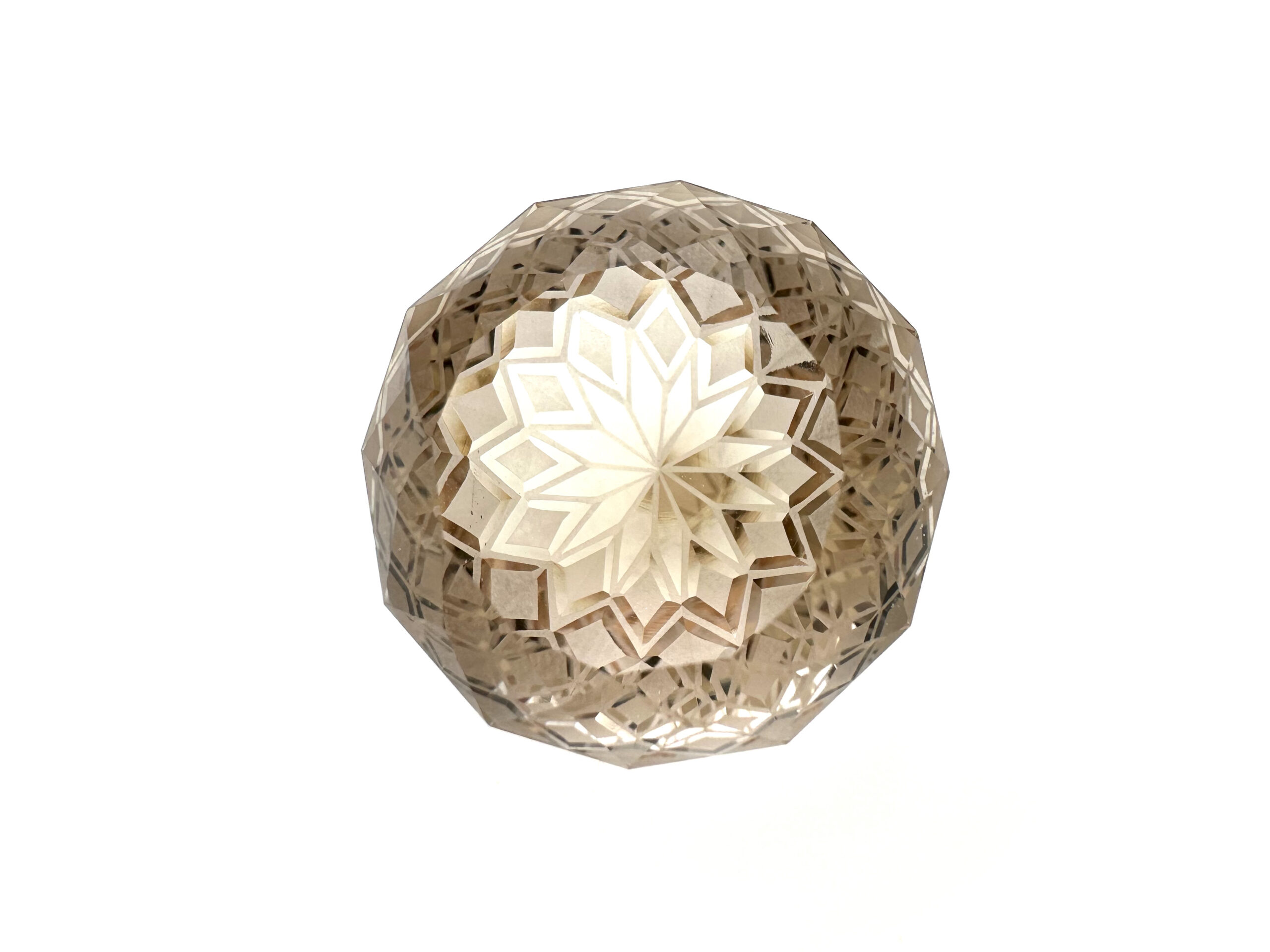Topaz
Topazes belong to the silicates, known trade names for these gemstones are "finder's diamond", physalite or camouflage stone. The name is derived from the island of Topazos in the Red Sea - where, however, olivine was mined in ancient times, long confused with topaz – as well as from the Sanskrit word "tapas", which means "fire" or "glow". Other stones that have "topaz" in their name are Madeira topaz and smoky topaz: "Madeira topaz" is a trade name for citrine or amethyst, while smoky topaz is smoky quartz.
Showing all 2 results
